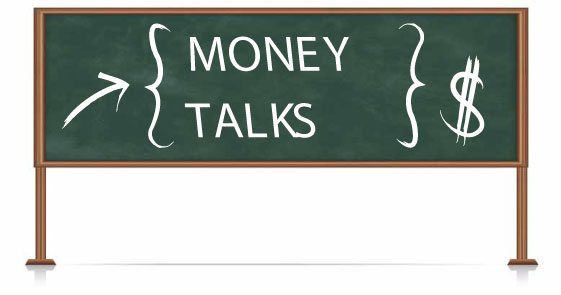Arizona has joined 24 other states in passing Senate Bill 1449, which requires schools to teach financial literacy in a K-12 setting. It comes after a report from the Center for Financial Literacy, which gave Arizona a “B” for its efforts to improve financial literacy in high schools.
“The new law has tremendous value in preparing children and youth to understand the critical importance of financial literacy as they prepare for their futures,” said David Woell, senior vice president at Bank of America. “Understanding how to manage simple tasks like balancing a checkbook (even if it’s done online) and managing money certainly eases the transition from school to work.”
The law leaves the methods for teaching financial literacy up to the individual district, school or teacher, but said lessons should include how education, careers and family affect income; how advertising influences spending habits; how to set short-term and long-term goals on spending, saving and investing; the advantages and disadvantages of different forms of credit; and credit history.
Joyce Richards, president of Junior Achievement of America, said that it is critical to prepare children with the knowledge of how to responsibly manage their finances. She explains that it is important for children to learn about finance in order to gain “the personal finance knowledge necessary to effectively meet fiscal challenges and obligations, take advantage of economic opportunities, and plan courses of action to achieve goals.”
“These practical, lifelong skills need to be taught to children so they can be financially successful in life,” said Derek Flottum, former Arizona regional president of Enterprise Bank & Trust. “Also, kids need to understand the significant negative consequences financial mismanagement can cause. Poor choices early in life can close doors of opportunity.”
Financial professionals not only agree on the importance of the law, but also that schools and teachers are in a perfect position to further integrate this knowledge into current lesson plans.
“In the same way that English teachers have successfully integrated reading into every academic discipline from math to PE, implementing financial literacy concepts and applications can be creatively and strategically achieved,” Woell said. “One example might be to create basic money management classes for junior high and high school students who are interested in or need to work during their school years.”
Experts agree that financial curriculum needs to start at a young age, much before high school.
“My opinion is that high school is too little too late,” said Gregg Murset, CEO and founder of MyJobChart.com. “They already have spending habits and those things ingrained in them. I think that by 5 years old, these kids can understand money.”
Experts agree that kindergarten-age is when children can start learning about money and finance.
“It’s hard to resist having things ‘right now’ in today’s society, whether you can afford them or not,” Flottum said. “Kids need to understand there is a downside. Alternately, they can be proud when they’ve saved enough to buy them.”




